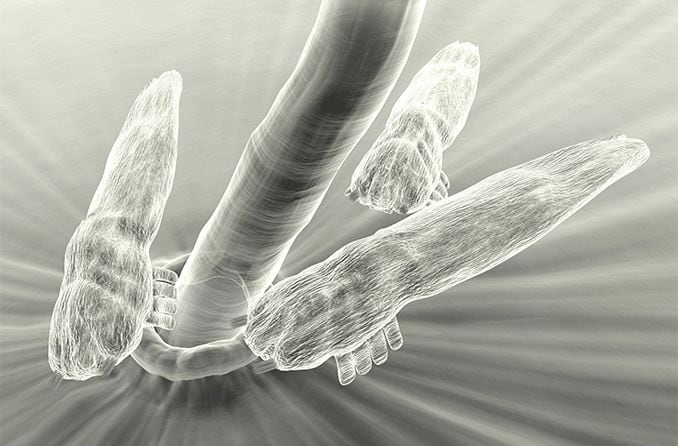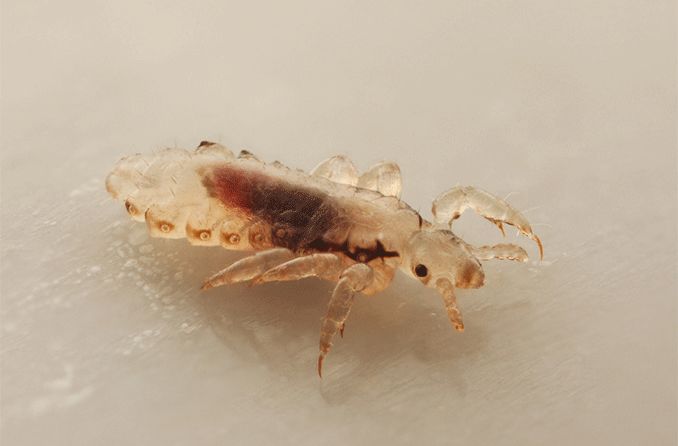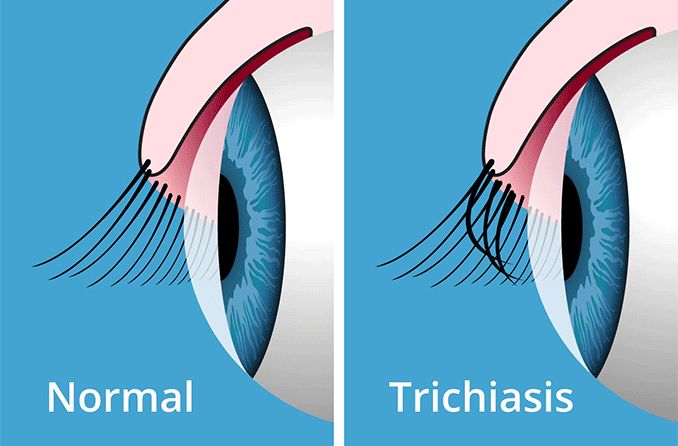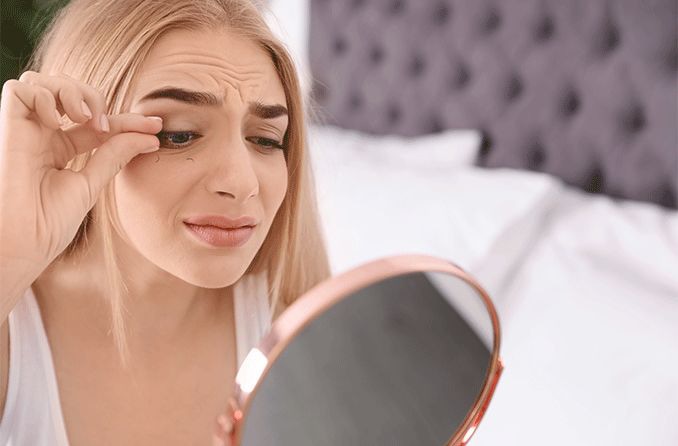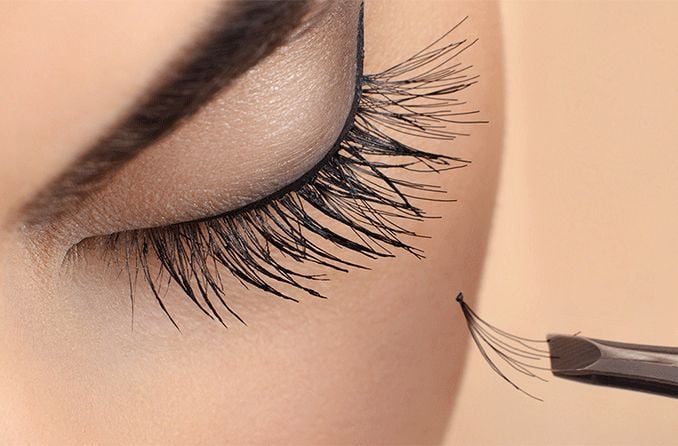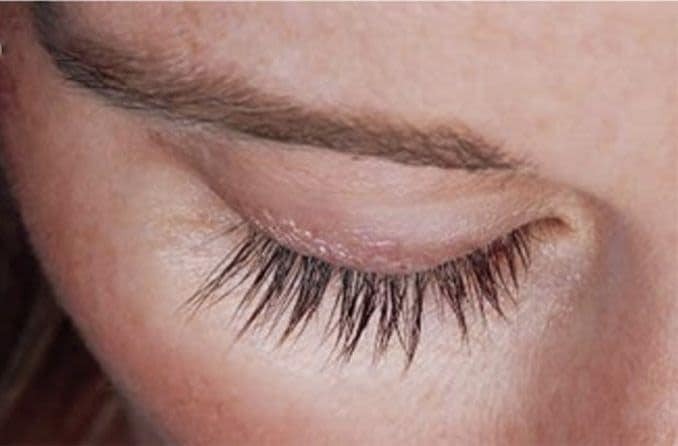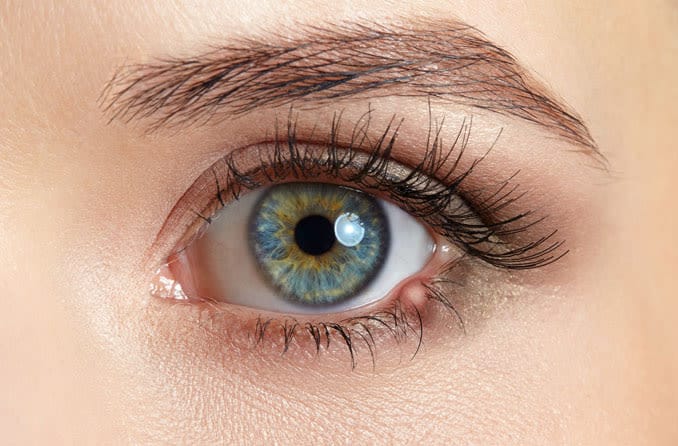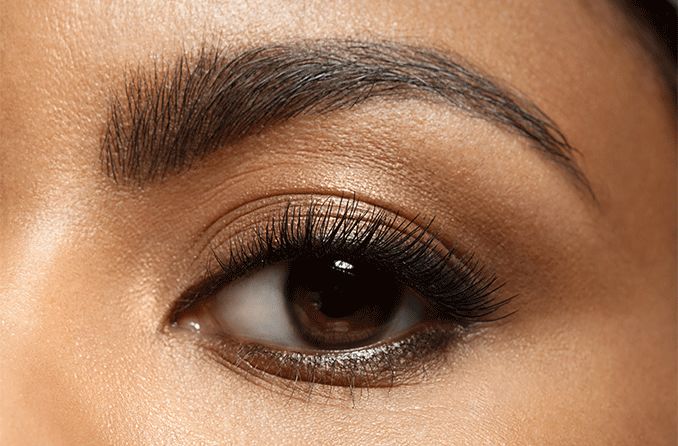What are eyelash mites?
Eyelash mites are microscopic organisms that naturally live at the base of your eyelashes. These tiny eight-legged eyelash bugs actually live in your hair follicles, and feed on dead skin cells and the oils in your skin.
Eyelash mites are also known as Demodex mites. There are two types of these mites that can live on the face: Demodex folliculorum and Demodex brevis.
Most of the time, eyelash mites don’t cause any problem at all. But when there are too many of them, or when the body gets irritated by their presence, they can lead to red, crusty, itchy eyelids, bumps on the eyelid, and other eye problems.
Most mite infestations can usually be treated with topical ointments in combination with good eye hygiene and warm compresses.
Does everyone have eyelash mites?
Demodex mites are very common. It is thought that everyone will eventually have them. Though babies are not born with mites, they acquire them easily through direct contact with their mother and other family members.
Demodex mites are most prevalent on the face (including the forehead, behind the ears, eyelashes and cheeks).
Demodex mites start to become more common during the teen years when the oil-producing glands in the eyelids and face increase production. One study found that by the time we are in our 60s, over 80% of us will harbor Demodex mites. By age 70, every individual has at least 1000-2000 mites. Men are almost twice as likely to experience demodicosis, perhaps because women regularly cleanse their eyelids with eye makeup remover.
What causes eyelash mites?
Demodex mites, or eyelash mites, are part of the microbiome that lives in and on our bodies. We harbor many organisms. For example, we have 1.5 trillion bacteria living on our skin, and 100 trillion bacteria, as well as viruses and parasites, living in our gut. Demodex mites are just one more species sharing life with us.
How do Demodex mites cause symptoms?
Demodex mites can sometimes overpopulate, leading to an infestation and causing symptoms. This can happen when the immune system is weakened — by another infection or perhaps medication.
Demodex mites can also irritate the immune system by their mere presence, leading to inflammation that can block glands in the eyelids.
Finally, bacteria living in or on Demodex mites can also activate the immune response and lead to inflammation.
What are the symptoms of an eyelash mite infestation?
Symptoms of an eyelash mite infestation can include:
- Itching
- Burning eyes
- Redness
- Crusty red edges and swelling around the eyelids
- A scratchy feeling in the eyes
- Blurry vision
- Watering of the eyes
- Discomfort or irritation
This is often referred to as blepharitis, which means inflammation of the eyelids. If blepharitis is not treated and is severe, it can sometimes lead to additional symptoms, including keratitis, an inflammation of the cornea.
Eyelash mite infestations can also lead to pinkeye, called conjunctivitis, which is an inflammation of the clear membrane covering the white of your eyes.
In rare cases, your eyelashes can grow inward, causing irritation (called trichiasis). Or your lashes may become brittle and fall out (called madarosis).
RELATED READING: Do eyelashes grow back?
A bump on the eyelid, called a chalazion, is also associated with eyelash mites. Even a condition called ocular rosacea, which leads to redness of the eyes, can be associated with Demodex mites.
How does your doctor diagnose eyelash mites?
Your doctor diagnoses eyelash mites by asking about your symptoms and by examining your eyes.
Your doctor will look for redness and swelling along the edges of your lids. He or she will examine your eyes through a slit lamp, which shines a narrow but intense beam of light into your eye. Through the lamp, your doctor can see tube-like dandruff at the roots of your eyelashes. It will look like waxy, dry debris at the base of the lash. This is a sure sign of an infestation with Demodex mites.
In some cases, your doctor may even take a few eyelashes and examine them under a microscope where he or she can actually see the Demodex mites.
What are effective treatments for Demodex mites?
Though you cannot get rid of eyelash mites, there are several effective approaches to treating an infestation and clearing up annoying or unpleasant symptoms.
- Keep your eyes clean. Twice a day, wet a washcloth with warm water and baby shampoo or a lid scrub solution. Carefully and gently scrub your eyelids clean, then rinse them with more warm water.
- Take a makeup break. Never share your makeup, and replace it if it’s over three months old.
- Shift from contact lenses to glasses until symptoms go away.
- If you are suffering from a chalazion or your doctor has told you that you have Meibomian gland dysfunction, apply warm or hot compresses to your eyelids daily for five to eight minutes. Heat and moisture can increase circulation and help the secretions in your Meibomian glands liquefy and flow better.
- Consult with your doctor about a tea-tree oil solution. This natural essential oil has been shown to prevent the proliferation of Demodex mites and destroy adult mites and eggs as well. It should not be applied directly to the eyelid, however. A description of different tea-tree oil solutions can be found in this Review of Optometry article.
- For more resistant or severe cases, your doctor can prescribe one of several different medications including the antibiotic, Flagyl, and the antiparasitic drug, ivermectin.
Eyelash mite infestations can usually be cleared up easily. They can recur though, often within a year of stopping treatment. Keep your eyelids clean and keep your immune system in tip-top shape with a healthy diet, exercise and sufficient sleep.
When should I see an eye doctor?
If you think you’re experiencing symptoms caused by eyelash mites, contact an eye doctor for proper assessment and treatment.
Anything that creates discomfort in your eyelids is going to make your life unpleasant, so it’s a good idea to set up an appointment if eyelash mites, or any other condition, has started bothering you or affected your vision.
READ NEXT: Eyelash lice: How do you get them and what are the treatments?
